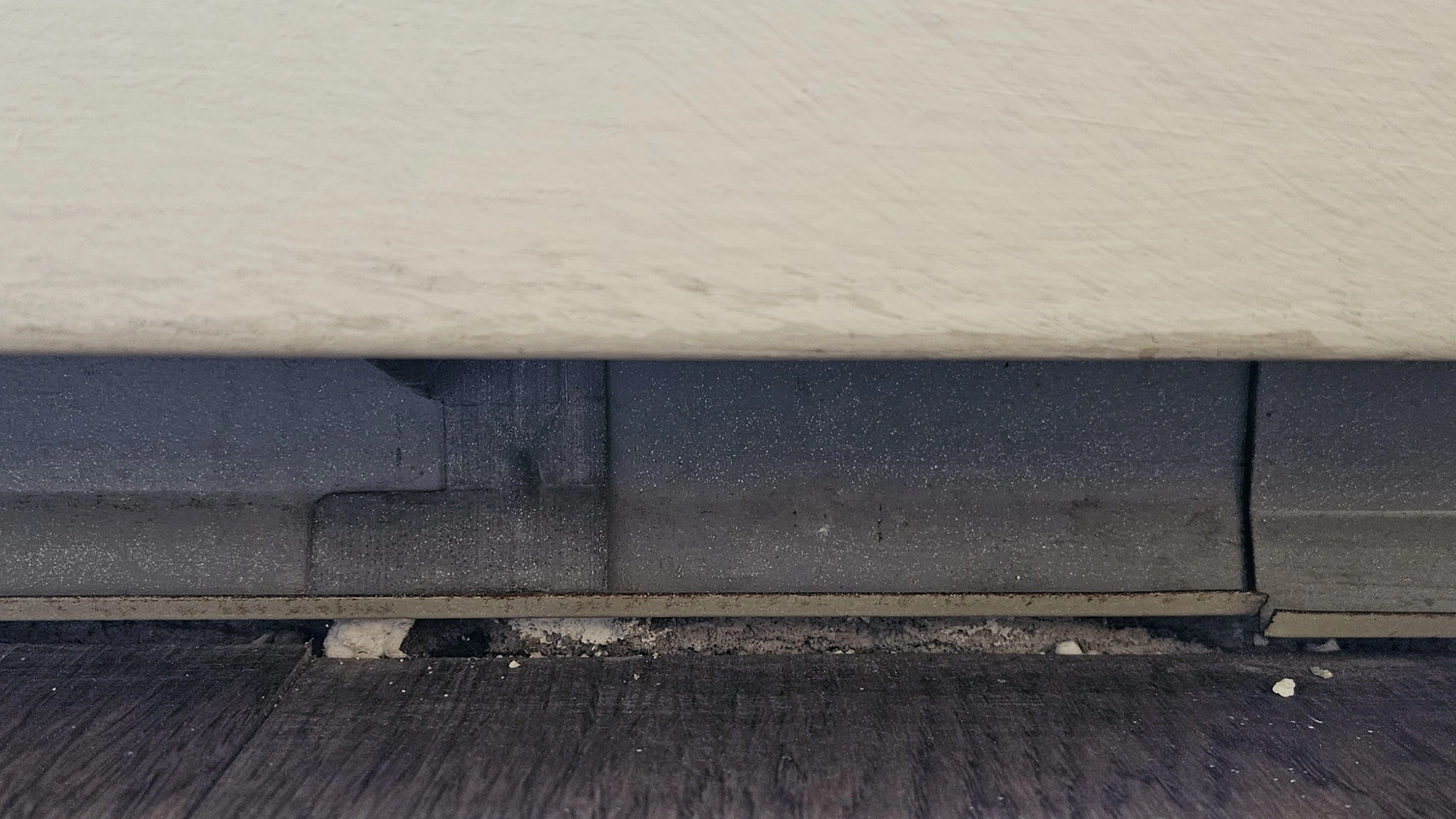You need the gap. Baseboard heaters work by heating the air around it, causing it to rise. This rising air is replaced by the cool air being displaced. By having a gap under the heater, the cool air has a place to go and be heated. This causes a draft that allows the full room to be heated, not just the area around the baseboards. In essence, the gap allows the heater to be more efficient.
If you insist on covering it, use a sheet of decorative metal that is at least partially open to allow airflow through it. Even that will reduce efficiency, but it wont be as bad as blocking it.
